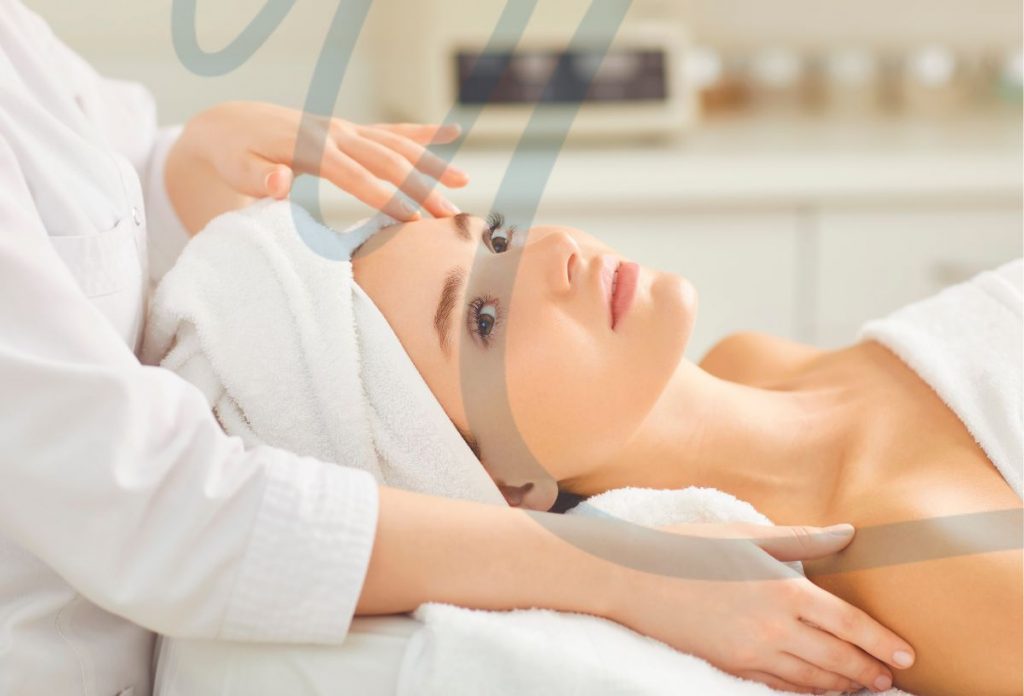When we think of massage, we often associate it with a spa—soothing music, dim lights, and a relaxing atmosphere. However, there is a more specialized alternative: clinical massage therapy, a practice that goes beyond relaxation and focuses on specific therapeutic goals.
In this article, we’ll explore the key differences between a clinical massage and a spa massage, their benefits, who they’re for, and why receiving treatment in the comfort of your home can make the experience even more effective.
1. Purpose: Relaxation vs. Therapy
The first and most important difference lies in the intention of the massage.
- A spa massage is primarily designed to provide a general sense of relaxation. Its goal is to relieve stress, calm the mind, and create emotional well-being.
- A clinical massage, on the other hand, has a functional and therapeutic focus. It aims to identify, treat, and prevent specific physical discomforts such as muscle pain, tension, sports injuries, or restricted movement.
A clinical massage isn’t just about feeling good during the session—it’s about improving your quality of life over time.
2. Therapist’s Training
At most spas, therapists are trained in basic techniques like Swedish massage or relaxation massage. While they master the art of soothing touch, they often don’t have clinical or medical training.
A clinical therapist, in contrast, typically has training in:
- Human anatomy and physiology
- Musculoskeletal conditions
- Rehabilitation and pain therapy
- Advanced techniques like myofascial release, neuromuscular therapy, or therapeutic lymphatic drainage
In our case, treatment is led by a U.S.-licensed massage therapist with a medical degree from Cuba, ensuring a science-based, medically-informed approach to care.
3. Assessment and Personalization
Before beginning a clinical massage, the therapist conducts a short physical assessment: injury history, recurring pain, posture habits, stress level, and other factors.
This evaluation allows for a fully personalized session that addresses your specific concerns. In contrast, a spa massage is generally more standardized—similar techniques applied to all clients, with little or no prior analysis.
During a clinical massage, the therapist may focus on:
- Releasing a knot in the right trapezius
- Softening fascial adhesions in the lower back
- Improving mobility in a joint recovering from injury
Everything is designed to achieve measurable physical change.
4. Techniques Used
Spa massages usually feature smooth, rhythmic strokes that induce a calming state. A clinical massage may include:
- Deep, localized pressure
- Assisted stretching
- Trigger point compression and release
- Postural correction techniques
While the experience may not always feel as “pleasant” as a spa session, the therapeutic outcomes are deeper and longer-lasting. Every move respects your comfort threshold and involves ongoing communication.
5. Expected Results
After a spa massage, you’ll likely feel relaxed, lighter, and in a better mood. But the effects are usually temporary and more emotional than physical.
With clinical massage, you can expect:
- Reduced chronic pain
- Increased joint range of motion
- Improved circulation and muscle oxygenation
- Faster recovery after workouts or injuries
- Progressive postural correction
This makes it ideal for athletes, people in physically demanding jobs, older adults, pregnant women, or anyone seeking a preventive approach to physical wellness.
6. Setting: The Advantage of In-Home Treatment
Though clinical massage has a medical foundation, it doesn’t have to take place in a cold or clinical space. In fact, bringing it to your home can enhance its benefits.
In a familiar, quiet, and safe environment:
- Your body enters a therapeutic state more quickly
- Cortisol (stress hormone) levels drop
- You avoid post-session traffic or work stress
- You can rest immediately afterward, allowing deeper absorption of results
If you have mobility limitations, clinical massage at home is the most accessible and compassionate option.
7. Follow-up and Treatment Progression
Spa massages are often isolated events without continuity. Clinical massage, in contrast, is usually part of a mid- to long-term treatment plan. The therapist can document your progress, adjust techniques accordingly, and set realistic goals with you.
For example:
- Phase 1: Pain reduction
- Phase 2: Restoring movement
- Phase 3: Maintenance and prevention
This holistic approach to health turns massage into a long-term wellness investment—not just a fleeting luxury.
8. Which One Is Right for You?
Both types of massage have their time and place. If you’re looking for an occasional treat, a deep sense of relaxation, or emotional stress relief, a spa massage may be perfect.
But if you’re dealing with:
- Frequent muscle pain
- Chronic physical stress
- Post-surgical or postpartum recovery
- Demanding physical performance
- Recurring sports injuries
Then in-home clinical massage is the ideal option. It offers professional, tailored treatment without leaving your home—resulting in better outcomes and greater convenience.
Conclusion
Clinical massage is more than a feel-good experience—it’s a powerful tool to improve health, prevent physical issues, and enhance your freedom of movement.
And when it’s brought into the comfort of your home, it becomes an integral wellness ally—tailored to your lifestyle, body, and real needs.
Our Miami-based practice combines medical expertise, therapeutic precision, and personalized care. Because we believe self-care should be accessible, effective, and part of your real-life routine.

